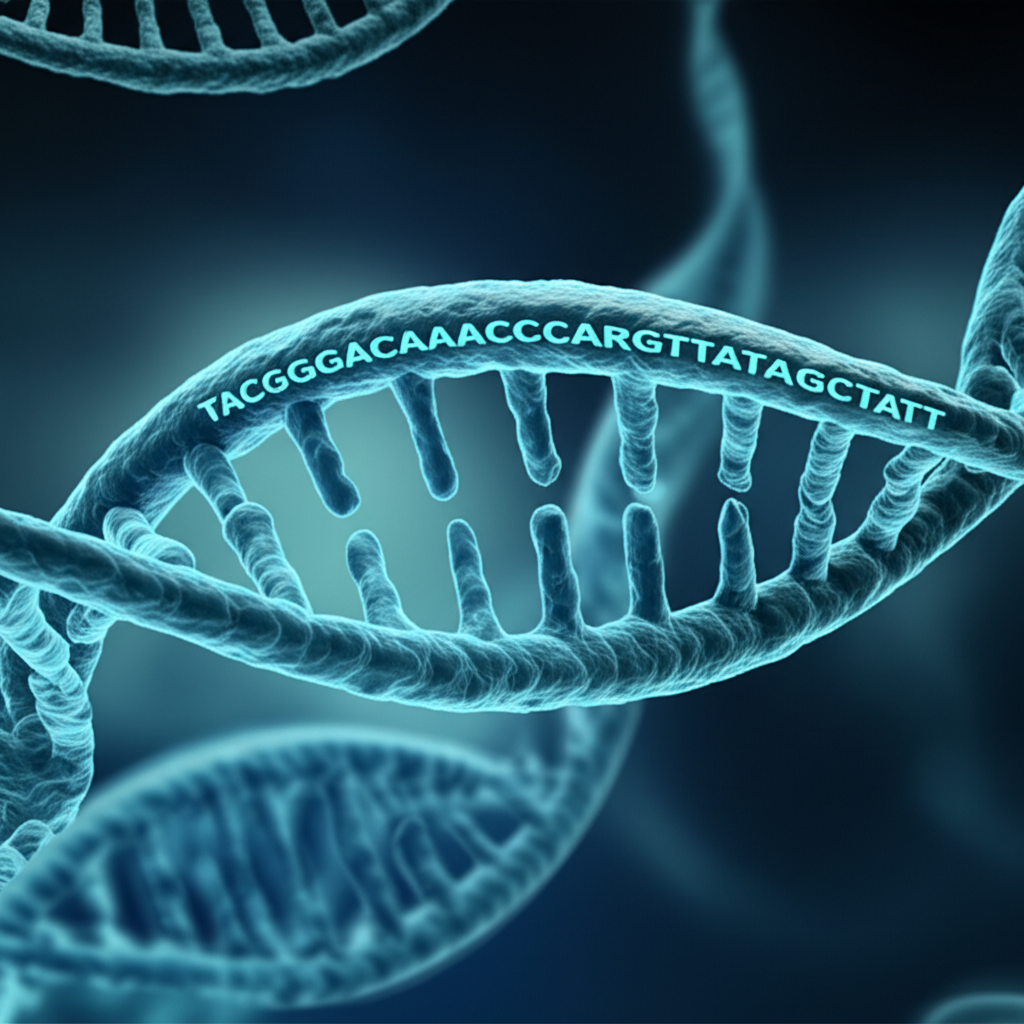
Categories:
- Genetics
- Molecular Biology
- Biotechnology
Tags:
- mRNA
- Mutation
- TACGGACAACCCACGTTATAGGCTATT
- Genetic Engineering
- Biotechnology Innovations
- RNA Technology
- Molecular Genetics
Introduction
In the ever-evolving field of genetics, understanding the role of messenger RNA (mRNA) in mutations is crucial. The sequence TACGGACAACCCACGTTATAGGCTATT serves as a prime example of how mRNA can influence genetic variation and contribute to biological processes. In this article, we will explore the significance of mRNA in mutation, its applications in biotechnology, and how it can impact our understanding of diseases and genetic disorders.
What is mRNA?
mRNA, or messenger RNA, is a single-stranded molecule that plays a key role in the process of gene expression. It serves as a template for protein synthesis, carrying genetic information from DNA to ribosomes, where proteins are synthesized. The structure of mRNA includes:
- A 5' cap
- A coding sequence
- A 3' poly-A tail
These components are essential for mRNA stability and function.

The Role of mRNA in Mutations
Types of Mutations
Mutations are changes in the DNA sequence that can result in variations in gene expression. These mutations can occur in several forms:
- Point Mutations: A change in a single nucleotide (e.g., TAC → TGC).
- Insertions: Additional nucleotides are added to the sequence.
- Deletions: Nucleotides are removed from the sequence.
- Duplications: A segment of DNA is duplicated, resulting in extra copies.
Understanding how these mutations affect mRNA is vital. For example, a point mutation in the sequence TACGGACAACCCACGTTATAGGCTATT could lead to a change in the mRNA transcript, potentially altering the resulting protein's structure and function.
Impacts of mRNA Mutations
- Altered Protein Function: Mutations can lead to proteins that do not function properly, which can have significant biological consequences.
- Increased Variability: Some mutations can provide beneficial traits that contribute to evolution.
- Disease Association: Certain mutations in mRNA can be linked to genetic disorders, highlighting the importance of studying these sequences.
Exploring the Sequence TACGGACAACCCACGTTATAGGCTATT
Analyzing the Sequence
The sequence TACGGACAACCCACGTTATAGGCTATT can be broken down into codons, which are groups of three nucleotides that correspond to specific amino acids. This sequence can be analyzed to determine potential mutations and their effects on protein synthesis.
| Codon | Amino Acid |
|---|---|
| TAC | Tyrosine |
| GGA | Glycine |
| CAA | Glutamine |
| CCA | Proline |
| CGT | Arginine |
| TAG | Stop Codon |
| GCT | Alanine |
| ATT | Isoleucine |
By studying this codon table, researchers can identify how changes in the sequence might lead to different amino acids, which can impact protein function significantly.

Expert Insights
According to Dr. Emily Tran, a molecular biologist specializing in genetic mutations:
"Understanding the nuances of mRNA mutations like those in TACGGACAACCCACGTTATAGGCTATT is essential. Each alteration can lead to varying protein functionalities, influencing everything from basic metabolism to complex disease pathways."
In a similar vein, Professor Mark Liu, an expert in genetic engineering, states:
"The interplay between mutations and mRNA is a fascinating area of research. By harnessing mRNA technology, we can potentially correct mutations that lead to genetic diseases."
Conclusion
The sequence TACGGACAACCCACGTTATAGGCTATT exemplifies the intricate relationship between mRNA and mutations. As we delve deeper into the world of genetics, understanding these sequences will pave the way for advancements in gene therapy and biotechnology. By studying mRNA's role in mutations, we can unlock new possibilities for treating genetic disorders and enhancing our knowledge in molecular biology.
If you are interested in learning more about mRNA and its applications in genetics, consider exploring our resources or contacting us for more information.
Call-to-Action
Ready to dive deeper into genetics? Sign up for our newsletter to receive the latest updates on mRNA research and biotechnology innovations straight to your inbox!
Social Media Snippet: Unlock the secrets of mRNA and mutations! Discover how the sequence TACGGACAACCCACGTTATAGGCTATT impacts genetics and biotechnology. #Genetics #mRNA
Suggested Internal Links:
- What is Genetic Engineering?
- Explore the basics of genetic engineering in our comprehensive guide.
- Understanding Genetic Mutations
- Learn about different types of genetic mutations and their effects.
- The Role of RNA in Cellular Functions
- Discover how RNA influences various cellular processes.
Suggested External Links:
FAQs
What is a mutation?
- A mutation is a change in the DNA sequence that can lead to variations in gene expression and function.
How does mRNA influence mutations?
- Mutations in DNA can result in changes in the mRNA transcript, which can affect protein synthesis and function.
What are the implications of studying mRNA mutations?
- Understanding mRNA mutations can aid in the development of gene therapies and improve our knowledge of genetic diseases.
Can mRNA mutations lead to diseases?
- Yes, certain mutations in mRNA can be associated with genetic disorders and diseases.
How are mutations analyzed?
- Researchers analyze mutations by studying the corresponding mRNA sequences and their effects on protein synthesis.